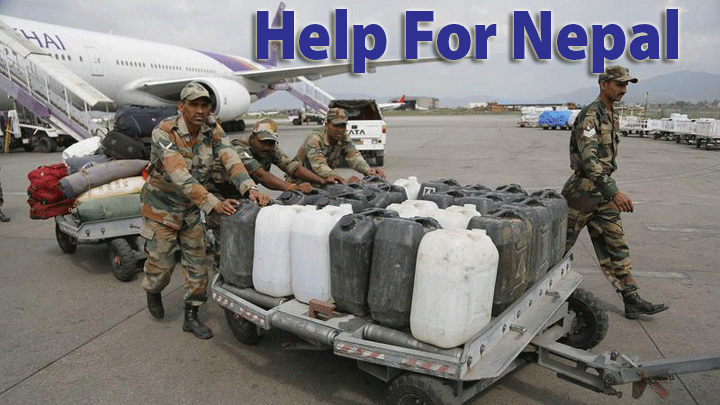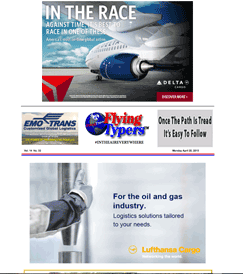
While
regulatory changes pertinent to the shipping of Lithium batteries
are winding their way through the regulatory process in the United
Nations (UN) and International Civil Aviation Organizations bureaucracy
slowly but surely, a sizable number of leading airlines have decided
to take matters into their own hands and take unilateral action
by outlawing transportation of Lithium batteries either partially
or altogether.
Bans
In The Sky
UPS updated their policies effective
April 1st, following a longtime FedEx policy requiring pre-approval
of shippers of Lithium commodities. FedEx additionally requires
shippers’ training records as well as proof that the batteries
to be shipped have been successfully tested in accordance with
part III of sub-section 38.3 of the UN Manual of Tests and Criteria.
The idea is to prevent shippers
of counterfeit batteries from using their services in a legit
manner.
Qantas Airlines (QF), Delta Airlines
(DL), American Airlines (AA), Royal Brunei Airlines (BI), Cathay
Pacific Airways (CX), Emirates Airlines (EK), Etihad Airways (EY),
Singapore Airlines (SQ), Qatar Airways (QR), United Airlines (UA)
as well as many others have either banned the transport of batteries
in total, or partially restricted fully regulated batteries from
carriage.
Others, including Lufthansa Cargo
(LH), for example, evaluate the shippers and their commodities
and require further assurances prior to accepting battery shipments.
It should be noted that such bans
typically do not affect batteries of either type installed in
or packed with equipment.
Demands
Ramped Up
Increasingly unhappy with the relaxed
regime instituted, based in part on assurances by a Washington,
DC-based lobby group, The Rechargeable Battery Association (PRBA),
and Arlington, Virginia-based National Electrical Manufacturers
Association (NEMA) that a requirement for formal training would
be unbearable for smaller shippers and that excepted batteries
installed in equipment pose virtually no risk, Cathay Pacific
(CX) is demanding that even where no more than four excepted cells
or two excepted batteries are installed in equipment, these shipments
are to be declared on the Air Waybill, and the Lithium battery
handling label applied.
So far, equipment containing no
more than four excepted cells or two excepted batteries may be
shipped undeclared in full accordance with the regulations.
FAA test shocked the industry
The drastic results of tests undertaken
at the FAA’s William J. Hughes Test Center in February 2014
drove ICAO to ban the carriage of Lithium metal batteries (UN
3090) aboard passenger aircraft, completely effective January
1st, 2015, even as discussions continue toward development of
further measures and restrictions.
Aircraft Manufacturer’s Speak Out
In the meantime, the International Coordination
Council of Aerospace Industry Associations (ICCAIA), which represents
aircraft manufacturers such as Airbus, Boeing, and Bombardier,
has published guidance materials calling into question the carriage
of Lithium batteries in its present form altogether, naming the
threat of Lithium battery fires an “unacceptable risk.”
In essence, the aircraft manufacturer’s
position is that the airframes of current aircraft are not designed
to withstand a Lithium battery fire, at least without further
measures such as fire-retardant covers, cargo units, or specific
containers made from intumescent materials, which obviously caught
the airline watchdog and interest group IATA cold.
The issue is further fueled by demands
from the pilot’s union, IFALPA, representing in excess of
100,000 pilots worldwide joining the aircraft manufacturers in
their call for action.
Going
After The Undeclared
Although it can be rightfully said IATA
has been late to the party, all of that seems in the past as discussions
seem poised to move ahead.
The presence of Lithium battery-related
issues outside the closed circles of the Dangerous Goods Community
at the IATA World Cargo Symposium earlier this year in Shanghai
sent a clear signal of engagement.
 IATA
Speaks Out IATA
Speaks Out
David Brennan, IATA’s Assistant
Director Special Cargoes, emphasized that IATA “will reach
out and engage with e-commerce sites to impress upon them the
need to implement robust checks and controls to limit the selling
of dangerous goods other than in accordance with the regulations.
“This needs to include clear
and concise information for both buyers and sellers about dangerous
goods, specifically lithium batteries,” Mr. Brennan stated.
“For governments we need to
engage to promote better oversight, surveillance, and enforcement
of shippers.” http://www.iata.org/publications/tracker/apr-2015/Pages/lithium-batteries.aspx
Now following initiatives of ICAO,
UPU (Universal Postal Union) and IATA, regulators are going after
shippers of both counterfeit and legit batteries shipped undeclared
and moved by means of (air) mail and courier, and users of auction
platforms.
 Issues
& Battery Lobby Groups Issues
& Battery Lobby Groups
Even PRBA—usually quick in
downplaying issues and blaming incidents and accidents on non-compliance
by a few non-legit shippers—in a recent letter to ICAO's
Secretary General, admitted that “disregard” of regulatory
requirements on the side of some battery manufacturers and distributors
“was both revealing and worrisome.”
The letter, signed by PRBA’s
Executive Director, George Kerchner, said:
“Some who have their products
shipped out of Hong Kong continue to offer their batteries for
transport without complying with ICAO's dangerous goods requirements,”
actually admitting that "in many of these cases, circumstances
suggest that they may have knowingly violated ICAO requirements.“
Action
Today & Tomorrow
In a nutshell, the trust of airlines
in the assurances given by industry watchdogs and battery manufacturers
are now viewed with dubious distinction, so individual airlines
are moving ahead with total or partial bans on Lithium batteries.
Interestingly, some bans also include bulk shipments of rechargeable
Lithium-Ion batteries, which in the past were seen as not that
much of an issue as Lithium-Metal batteries.
Also, in the face of mounting reports
about accidents and incidents , stakeholders seem inclined to
protect their own interests in regard to possible claims of negligence
on their side should an accident occur—this clearly is the
key motivation for aircraft manufacturers as well as airlines
to reduce risks which, they feel, are hardly properly compensated.
Naïveté
a part of the problem
While it was oft stated that exemption
from formal training requirements applicable to shippers of ‘excepted‘
Lithium battery types was a necessary measure to protect small-and
medium-sized businesses, stakeholders were ‘surprised’
to learn that these exemptions were mainly used by large-scale
shippers who combined hundreds of packages with ‘excepted’
batteries into overpacks and tendered these to airlines.
Although some of these overpacks
contain thousands of batteries, the flight crew is usually not
informed about their presence by means of a NOTOC (Notification-To-Captain)
or NOPIC (Notification-To-Pilot-In-Command)—another thing
many airlines have changed now, and as of late a measure supported
by IATA as a best industry practice.
The point that “the overwhelming
majority of shippers are law-abiding,” as a recent ICAO
working document stated, may just be wishful thinking.
Regulators and training professionals
have long been cautioning against these exceptions of any relaxation
of the regulations.
The argument most often heard is
that in the rough and tumble world of commerce, shippers fight
vigorously to achieve cost reductions by fractions of cents and
will use any opportunity to cut down on expenses.
U.S.
Regulators Leading The Way
While U.S. regulators, namely FAA
and U.S. DOT-PHMSA, have drawn criticism from industry stakeholders,
in particular in regard to their approach to Lithium batteries
(PRBA accused PHMSA of ‘regulatory overreach’ and
‘making no sense’ when the initial version of HM-224F
was published in 2010), the recent chain of accidents and incidents
seem to justify the conservative and safety-centered approach
initially taken by U.S. regulators.
In fact, despite claims to the contrary,
PHMSA, in a recent NPRM (HM-253), is tackling the issue of ‘reverse
logistics,’ something stakeholders worldwide so far have
largely ignored.
While shipments of consumer goods
(including Lithium batteries and devices containing these batteries)
may be in full compliance when shipped from the retailer to the
consumer, compliance is at least questionable when the consumer
ships merchandise back for reason of warranty repair, dissatisfaction,
or any other notion. While HM-253 covers transport via land vehicles
only, it is at least addressing an issue that is pressing worldwide,
and not covered by regulations.
Can
ICAO DGP Help Sort Baseline Solutions?
ICAO’s Dangerous Goods Panel
(DGP) will decide on the motion of ICCAIA and IFALPA (Agenda Five)
during their meeting, taking place between this week between April
27th and May 1st in Montreal; if approved, their decision would
still require ratification by the ICAO Council.
The Agenda Item 5 reads:
“Development of mitigating
measures to address risks associated with the transport of lithium
batteries including measures that address recommendations from
the Second International Multidisciplinary Lithium Battery Transport
Coordination Meeting.”
The meeting is scheduled to address
issues in detail such as “bulk” shipments of excepted
lithium batteries and cells, performance-based provisions, limitation
on state of charge, simplified provisions, guidance material to
assist States with oversight and awareness programs, and miscellaneous
lithium battery issues. It is hoped it will help set forth clear
and transparent guidelines for the future.
Jens
|
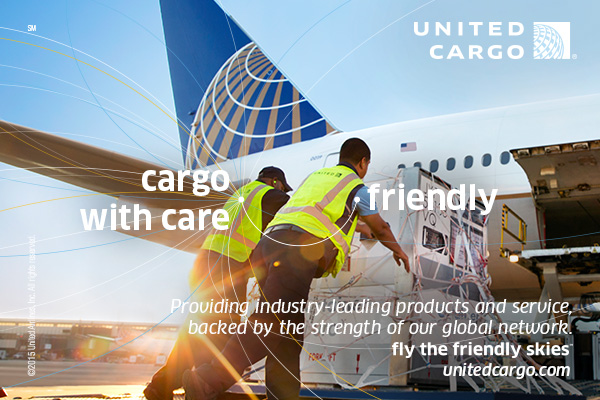



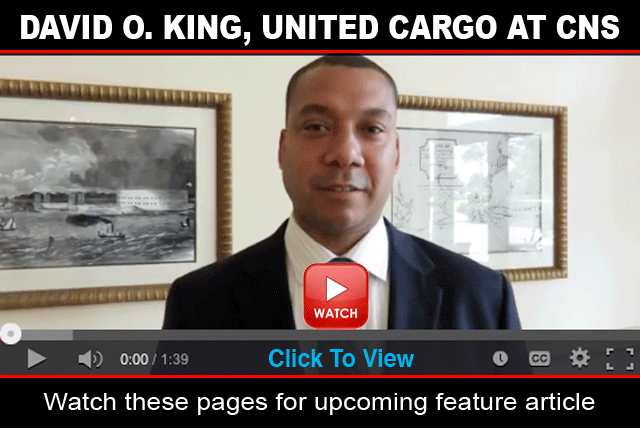
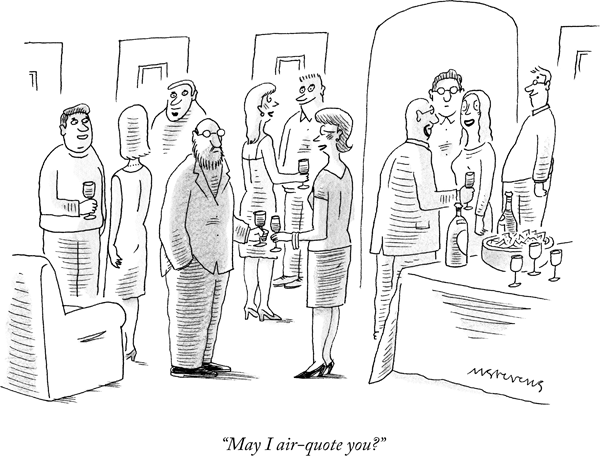

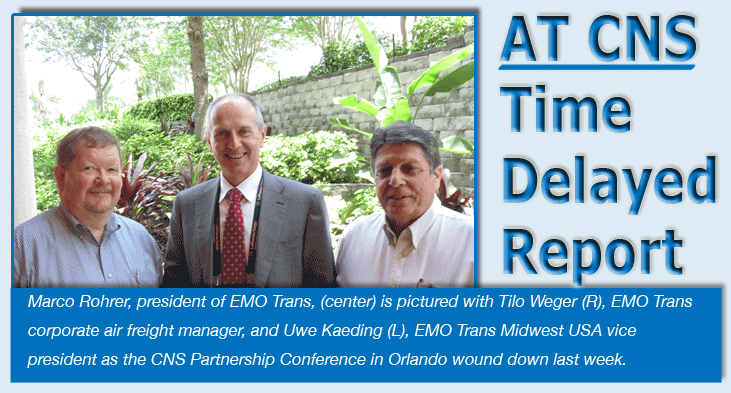

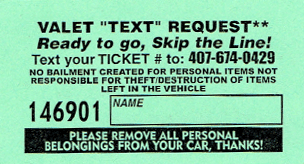 “Here
is another example that is even more interesting.
“Here
is another example that is even more interesting.


 IATA
Speaks Out
IATA
Speaks Out Issues
& Battery Lobby Groups
Issues
& Battery Lobby Groups Vital
Views 1975-2015
Vital
Views 1975-2015  Angelo
Pusateri, president of Virgin Atlantic Cargo, commenting
on the role of opportunity, declared:
Angelo
Pusateri, president of Virgin Atlantic Cargo, commenting
on the role of opportunity, declared: 